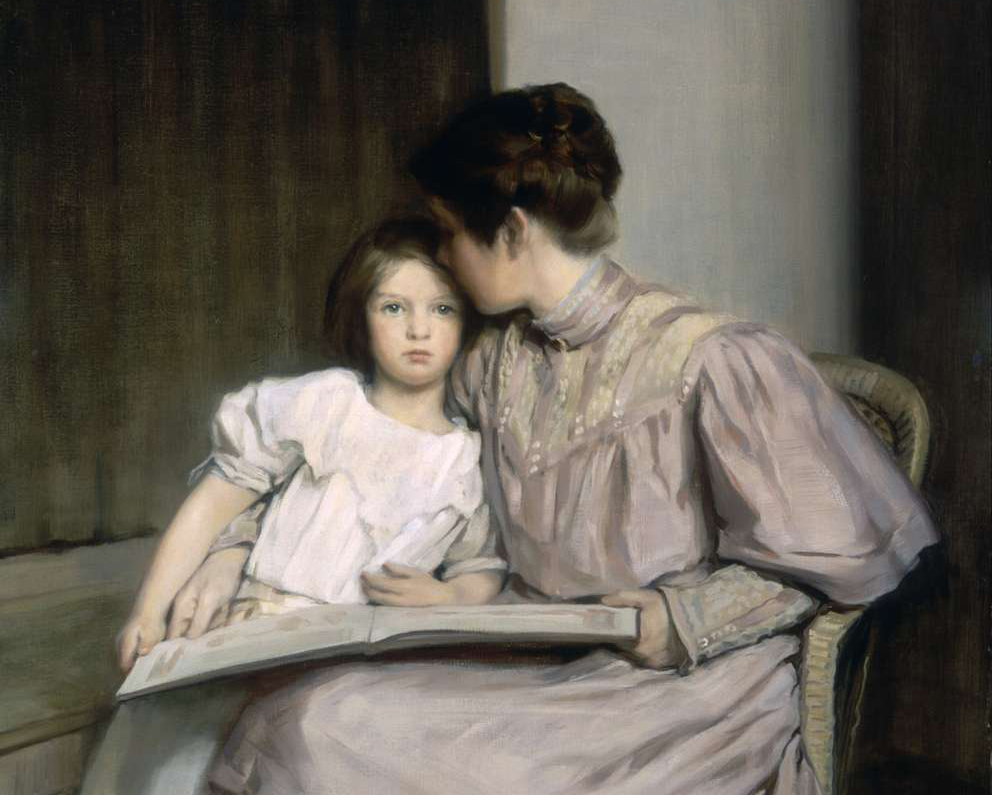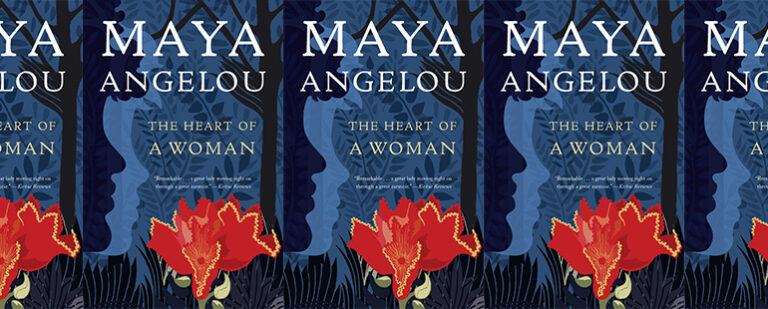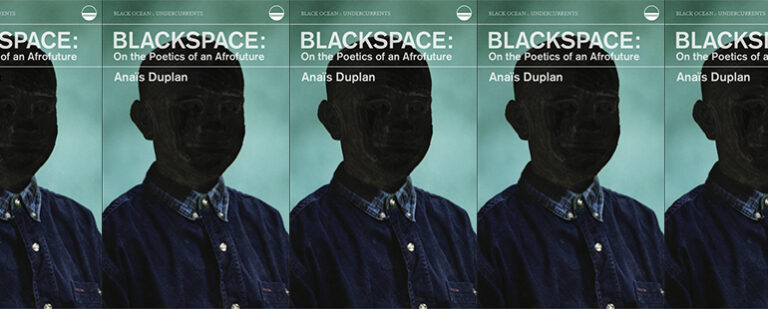Long Live Picture Books

On most mornings, my daughter, Louisa climbs into my bed with a picture book as I try to cling to the last moments of sleep. Louisa is an early riser, and we usually spend time reading before other thoughts and plans finally push me onto my feet. Despite the early wake-up call, these moments have become my favorite time of day. Louisa loves books. Her father and I have read to her since her earliest days, starting with Sandra Boyton’s Belly Button Book and gradually working our way up to picture books about more complicated and subtle topics, like Matt de la Peña and Christian Robinson’s masterful Last Stop on Market Street. Louisa and I read alternate pages and take time to look at the pictures. “What do you think the music that the man on the bus is playing sounds like?” I ask her. She hums a silly tune in reply.
When Louisa and I read together, I am reminded that learning to read is a complex process. Louisa has Down syndrome, which means that her love of books surpasses her coordination of all the cognitive tasks that must happen in order for her to read fluidly. She must keep track of the text when moving from one line to the next. She must try to figure out what is going on even when there are words she doesn’t understand or when her attention wanders. Although she wants to match my pace when I read aloud to her, she mumbles through the words and skips over important parts of a sentence when it’s her turn. She is making progress, but like so many moments of her development, progress happens at a pace that I am too impatient and goal-oriented to accept easily.
Louisa is now ten years old. The attention and focus needed to read a chapter book on her own has so far not emerged. I have tried to hook her on series like Lola Levine, which tells stories from the life of a precocious girl with a Jewish father and Peruvian mother, or Ivy and Bean, which follows the adventures of two friends with very different personalities. My personal favorite is the She Persisted series, featuring short biographies of some remarkable women in history. Louisa seems to prefer biographies. Perhaps the choice is an extension of her sociable nature and the ease with which she connects with other people. But I admit that I have influenced her reading interests. As the daughter of two art historians, she knows more about Georgia O’Keefe, Sonia Delauney, and Frida Kahlo than most ten-year-olds. Thanks to her love of biographies, I, too, have learned about some remarkable women, such as Wangari Maathai and Joan Proctor. Although I enjoy reading picture books about these women with Louisa, nothing seems to rocket her onto a course of independent reading. Getting her to read habitually on her own is a struggle. And to my astonishment, she never seems interested in returning to a chapter book once she starts.
Growing up, reading was part of my family’s habitual daily life. Everyone in my family read before we switched our lamps off and went to bed. The first chapter book I completed was Beverly Cleary’s Ramona and her Father. I remember closing the back cover, hopping off my bed, and bounding down the stairs to tell my mother about my accomplishment as she was vacuuming the living room. I could see how someone might criticize me for expecting my daughter’s childhood to imitate my own. But more than just a shared family obsession, books have been my guide to the human experience and my place in it. This is the kind of reading I want Louisa to access. I worry about her mastery of utilitarian forms of reading—I want her to be able to live as independently as possible, and being able to read information on the internet and important documents is essential to that goal—but reading is not just a utilitarian pursuit. It helps us frame and reflect on the meaning of our lives.
We too often, however, see picture books, which can, like chapter books, provide family and community connections, as a temporary step on the way to adult independence. This hasn’t been an easy lesson for me to learn. I admit feeling a deep pang in my chest when I realized that other kids Louisa’s age had already read the entire Harry Potter series on their own. But I have also learned that my response is a reflection of the unnecessary pressure we put on kids to develop and advance at a particular rate. As Louisa has made her way through elementary school, her reading development has been broken into quantifiable levels down to the decimal point. Katherine Paterson’s classic Bridge to Terabithia is a 4.6, while Last Stop on Market Street is a 3.3. Such a hierarchy teaches parents and children that independence is valued above all. I also can’t help but notice that the higher the degree of difficulty of the book, the fewer the pictures. One advantage of this system is that it allows students to develop at their own pace. But it restricts the criteria used to determine an “advanced” reader. It also turns reading into an isolated practice. Louisa and her classmates take a multiple choice test on their computers to assess their comprehension of the books they have read. Instead, I wish Louisa had more time to talk to her friends about what she reads in a more subjective and communal context.
I have a stack of holiday-themed picture books that I keep on the top shelf of Louisa’s closet, to be opened in early October at the earliest. But Louisa sometimes brings them down to the floor of her bedroom in July. It is fall now and seasonally appropriate to bring out one of our favorites, November by Cynthia Rylant (level 2.6, if you are wondering). November is a book of poetic depth that surpasses the often belittled place we give to picture books. “In November, the trees are standing all sticks and bones.” “What?” Louisa interrupted me the first time I read these words to her. “Trees don’t have bones!” “It’s a metaphor,” I explained. “She is saying that the trees look like they have bones.” Now Louisa points out metaphors in almost every book we read together. In her own way, Louisa has discovered the wonder of language. She demonstrates a deep engagement that never seems to get acknowledged in the standardized tests she takes at school. But her mastery of the technicalities of metaphor is less important to me than her astonishment at its effects. That one word can draw connections between two things is the magic of language. I have learned that Louisa’s curiosity about words and language cannot be measured by the length of the books she reads, or whether she reads them independently.
If Louisa continues to struggle with reading longer books on her own, then we will adapt.
Louisa can learn the lessons of narratives even if she cannot or does not want to ever read War and Peace. In her book The Enchanted Hour: The Miraculous Power of Reading Aloud in the Age of Distraction, Meghan Cox Gurdon writes, “A miraculous alchemy takes place when one person reads to another, one that converts the ordinary stuff of life—a book, a voice, a place to sit, and a bit of time—into astonishing fuel for the heart, the mind, the imagination.” Gurdon’s perspective asks us to value what is lost in a world that prioritizes independence and achievement above everything else. What if we understood reading as a practice of codependency, a way to share and take care of one another, instead of as evidence of high intellectual achievement? If Louisa never grows out of the ritual of sliding into my bed with a picture book, then I will consider myself lucky for the time we get to spend reading together.
Yet, such contentment is only temporary. I know that this time won’t last forever, and I find myself between two seemingly incompatible perspectives. On one hand, I cherish reading with Louisa while it lasts. On the other hand, I want her to continue reading long after I am gone. I would like to shirk the common ambition of parents to teach their children independence and to declare that our society places too much value in autonomy and self-sufficiency. But the reality is that Louisa will eventually have to make her own choices about how she will make meaning in her life and whether books will help her do that.
In preparation for this essay, I asked Louisa what her favorite picture book was. “Building Our House,” she replied without hesitation. It isn’t immediately clear why this book is so captivating to us. We are certainly not the kind of family that would ever build our own house. But I would guess its charm lies in how it shows how a home is made. Jonathan Bean’s Building our House tells the story of his parents, who “saw themselves as homesteaders” and built their family home with their own hands, ingenuity, and patience over the course of several years. I assume most adults respond to this book as I do, wondering at these two people who had the audacity to think they could raise a frame, construct plumbing, and run electricity on their own. Louisa seems to be inspired by the book’s project and has asked me several times if we can build a house of our own. I should expect nothing less from my daughter, who has Down syndrome, reads books, and knows more about Wangari Maathai than I do. But we can also find more metaphorical lessons to be learned in Building our House. No matter the season or weather, the family plugs along, knowing that whatever the house looks like in the end, they will live there together.


